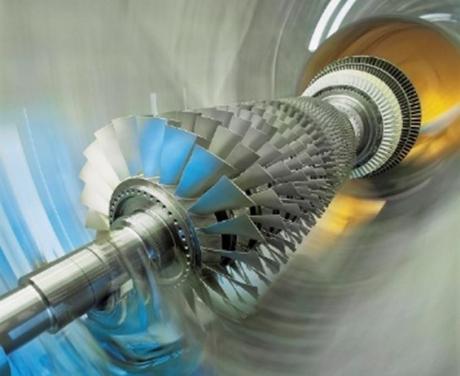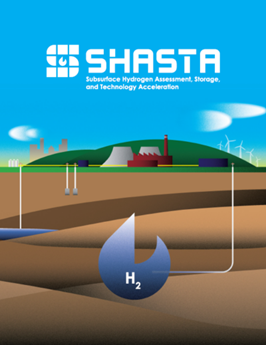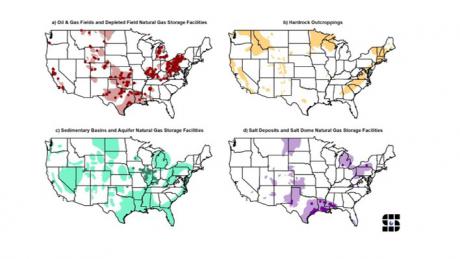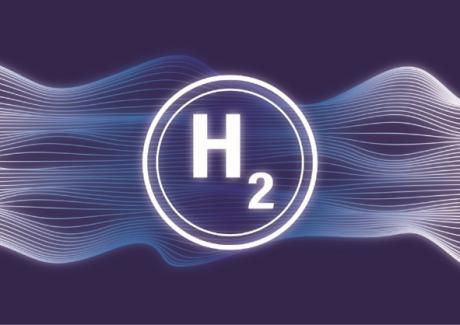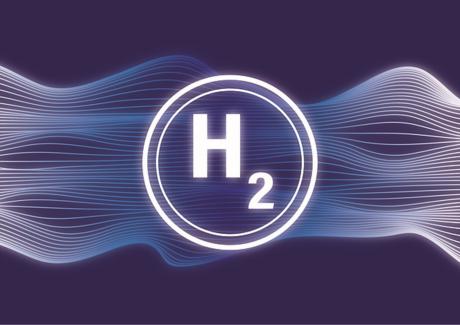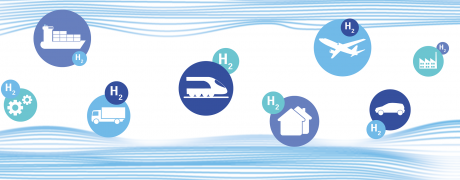NETL experts will discuss research that supports expanding the use of hydrogen-fueled gas turbines to produce clean electricity while meeting environmental standards for low emissions of nitrogen oxides (NOx), pollutants that contribute to the formation of smog and acid rain.
The U.S. Department of Energy’s (DOE) Subsurface Hydrogen Assessment, Storage and Technology Acceleration (SHASTA) collaboration, a project designed to use unique capabilities and expertise of key national laboratories to determine the viability, safety, and reliability of storing hydrogen in subsurface environments, has added Sandia National Laboratories as its fourth research partner.
Safe large-scale geological hydrogen storage is important in the national drive to use hydrogen to attain net-zero carbon emission goals by 2050. Conclusive research to determine the effect of gas injections on the naturally occurring underground microbial community and geochemical reactions between hydrogen and rock mineralogy are critical research subjects in that effort.
Underground storage of hydrogen is a key research area associated with NETL’s overall contribution to the U.S. Department of Energy’s (DOE) Hydrogen Shot.
NETL, through its research on hydrogen production, transportation, storage and use, is playing a critical role in U.S. Department of Energy (DOE) efforts to put hydrogen on the front lines of efforts to attain net-zero carbon emission goals in the power sector by 2035 and the broader economy by 2050, while meeting DOE’s Hydrogen Shot goal of $1 per 1 kilogram in one decade.
NETL researchers will provide updates on groundbreaking projects when the U.S. Department of Energy (DOE) Hydrogen Program hosts its 2022 Annual Merit Review (AMR) and Peer Evaluation Meeting Monday, June 6, through Wednesday, June 8.
NETL has released “Comparison of Commercial, State-of-the-Art, Fossil-Based Hydrogen Production Technologies,” which reports the levelized cost of hydrogen, in real 2018 dollars, as well as carbon dioxide-equivalent life cycle emissions (cradle-to-gate basis) of select hydrogen production plants, providing critical perspectives for researchers, regulators and policymakers as the nation transitions to a clean energy future.
Today, NETL announced an amendment to a funding opportunity announcement (FOA) that will build a talent pipeline from Historically Black Colleges and Universities and Other Minority Institutions (HBCU-OMIs) to support the creation of a clean hydrogen future and Biden Administration’s decarbonization and energy equity goals. The amendment will provide an additional $2.05 million from Department of Energy’s Hydrogen and Fuel Cell Technologies Office (HFTO) in support of this effort.
Washington, D.C. – Today, the U.S. Department of Energy’s (DOE) Office of Fossil Energy and Carbon Management (FECM) announced $4 million in funding to advance the development of ceramic-based materials to improve the efficiency of hydrogen-fueled turbines that may one day be used in clean power plants. Electricity made from clean hydrogen—whether produced from renewable resources or from fossil or carbon-based waste resources, coupled with pre-combustion carbon capture and durable storage—will help in achieving the Biden-Harris Administration's goal of a zero-carbon U.S.
GTI and S&P Global Platts today launched the Open Hydrogen Initiative (OHI), a new collaboration focused on brining industry within the hydrogen marketplace together to provide further transparency into t he environmental impact of hydrogen production and help unlock its full potential as an important driver of energy transitions. As part of this initiative, GTI has invited NETL to participate in the effort as a result of NETL’s deep expertise and capabilities in Life Cycle Analysis.




